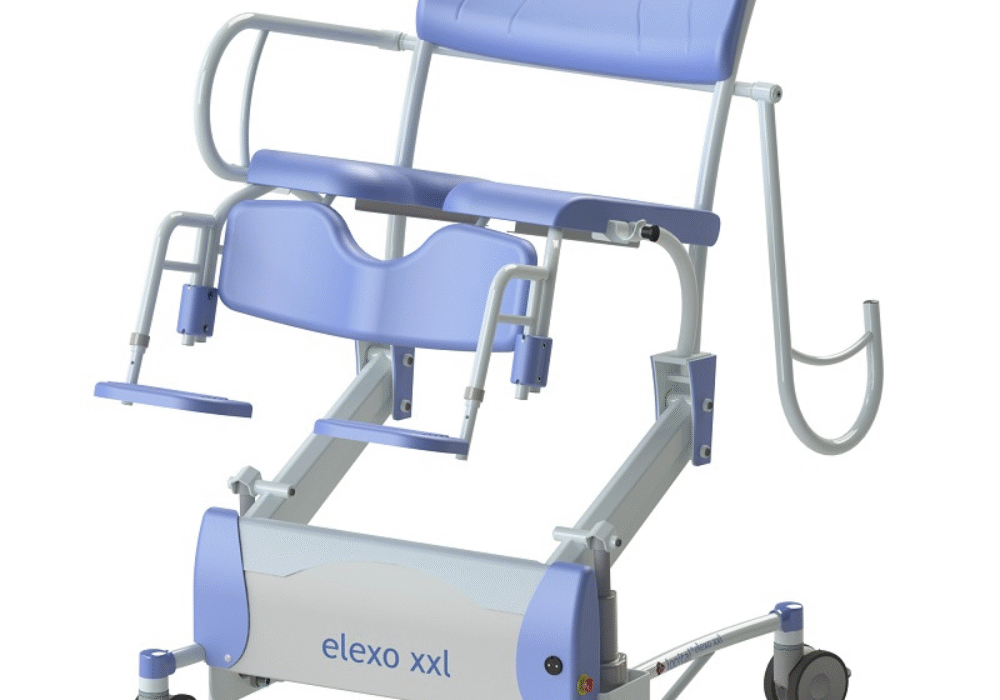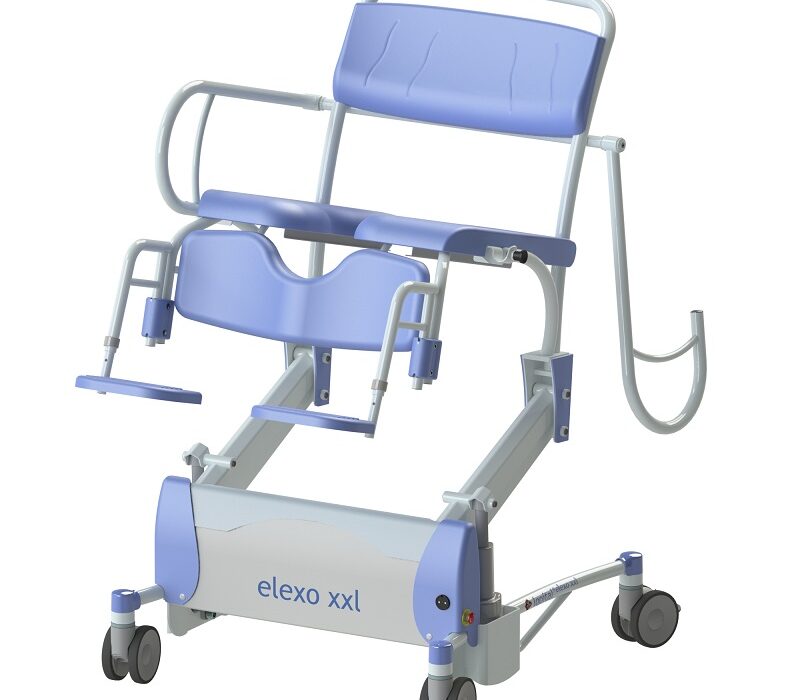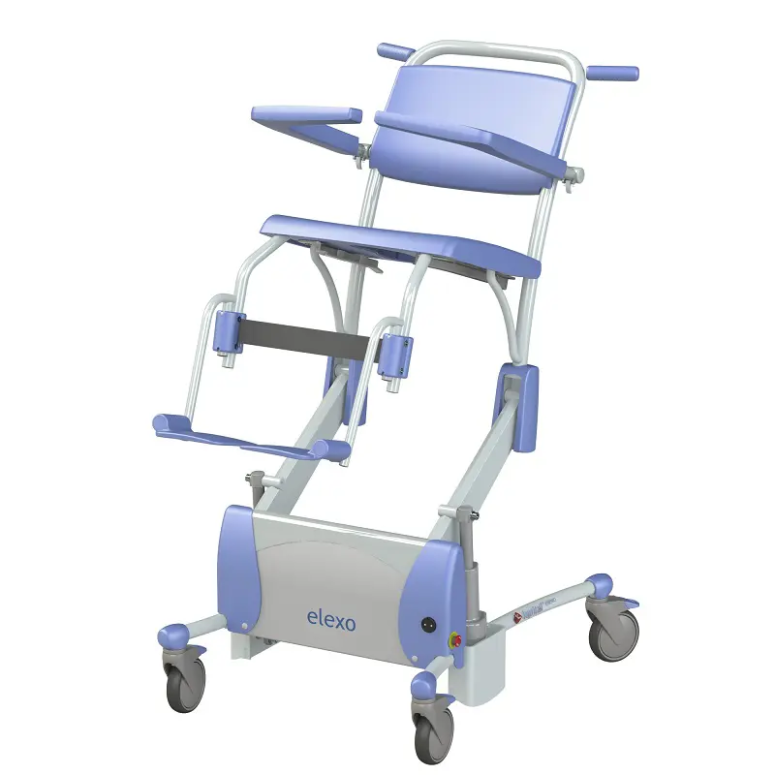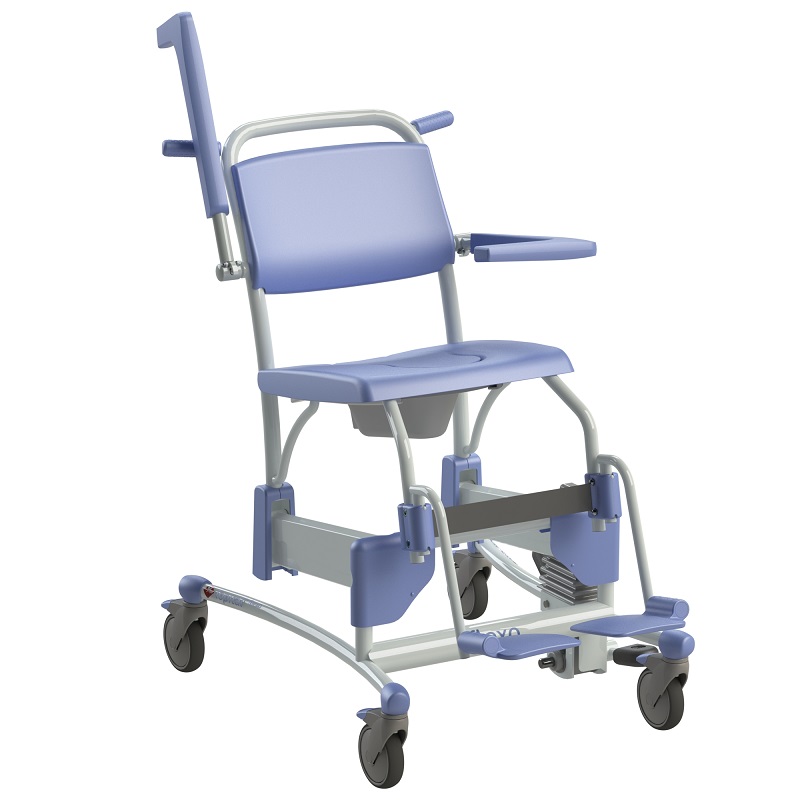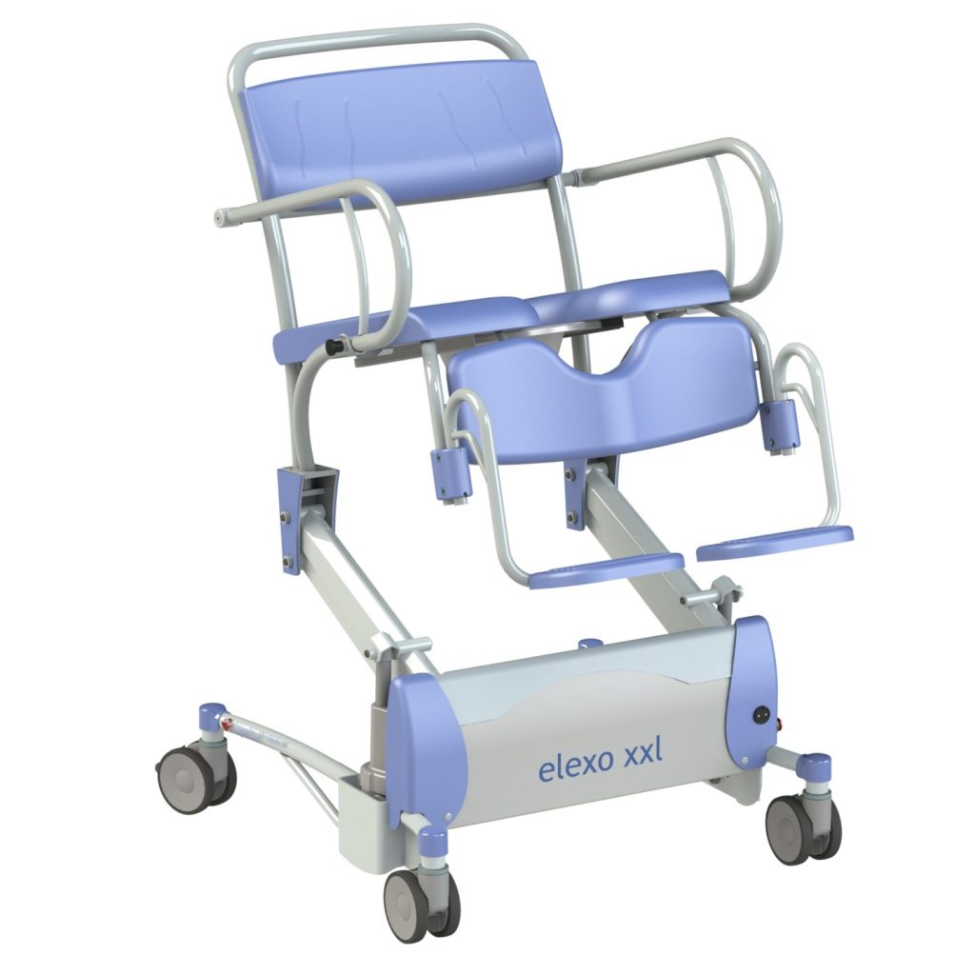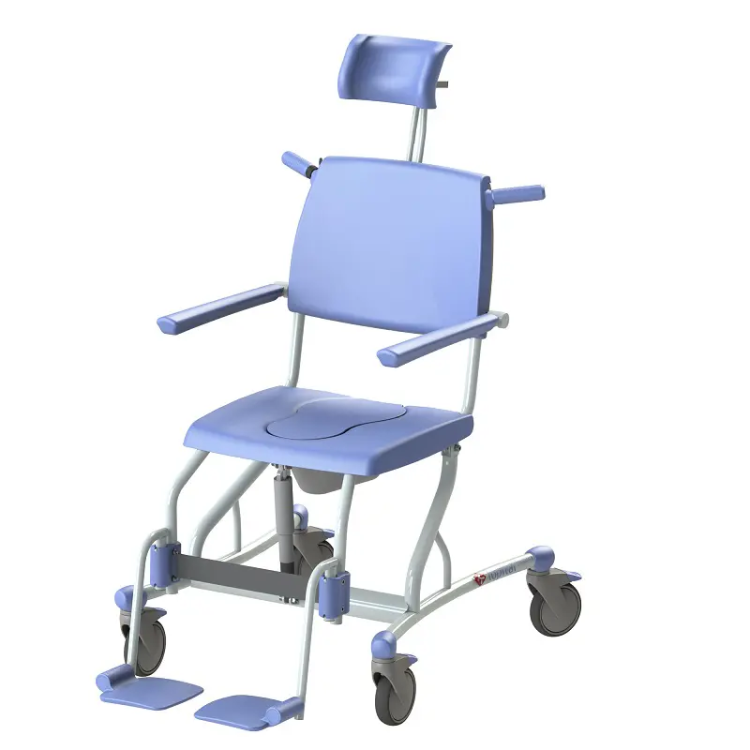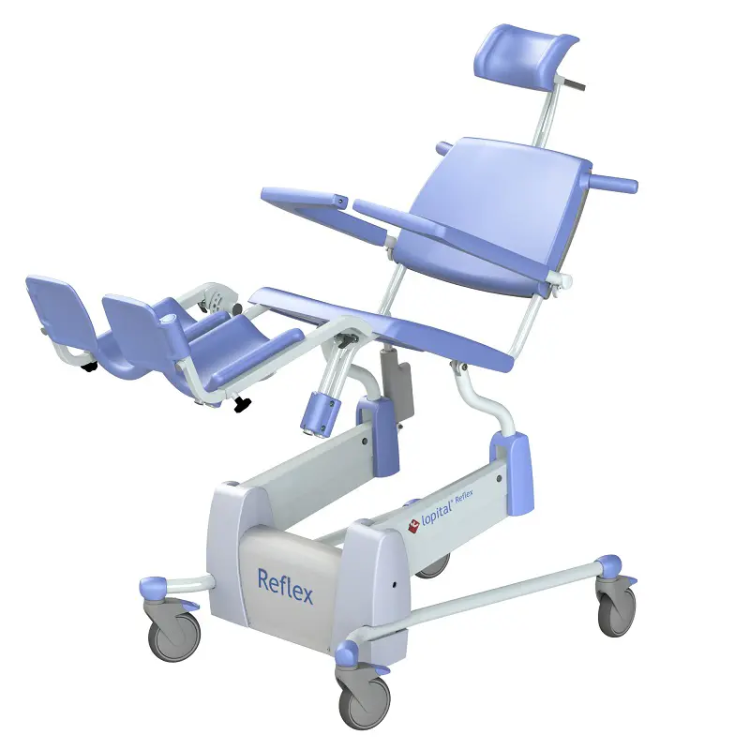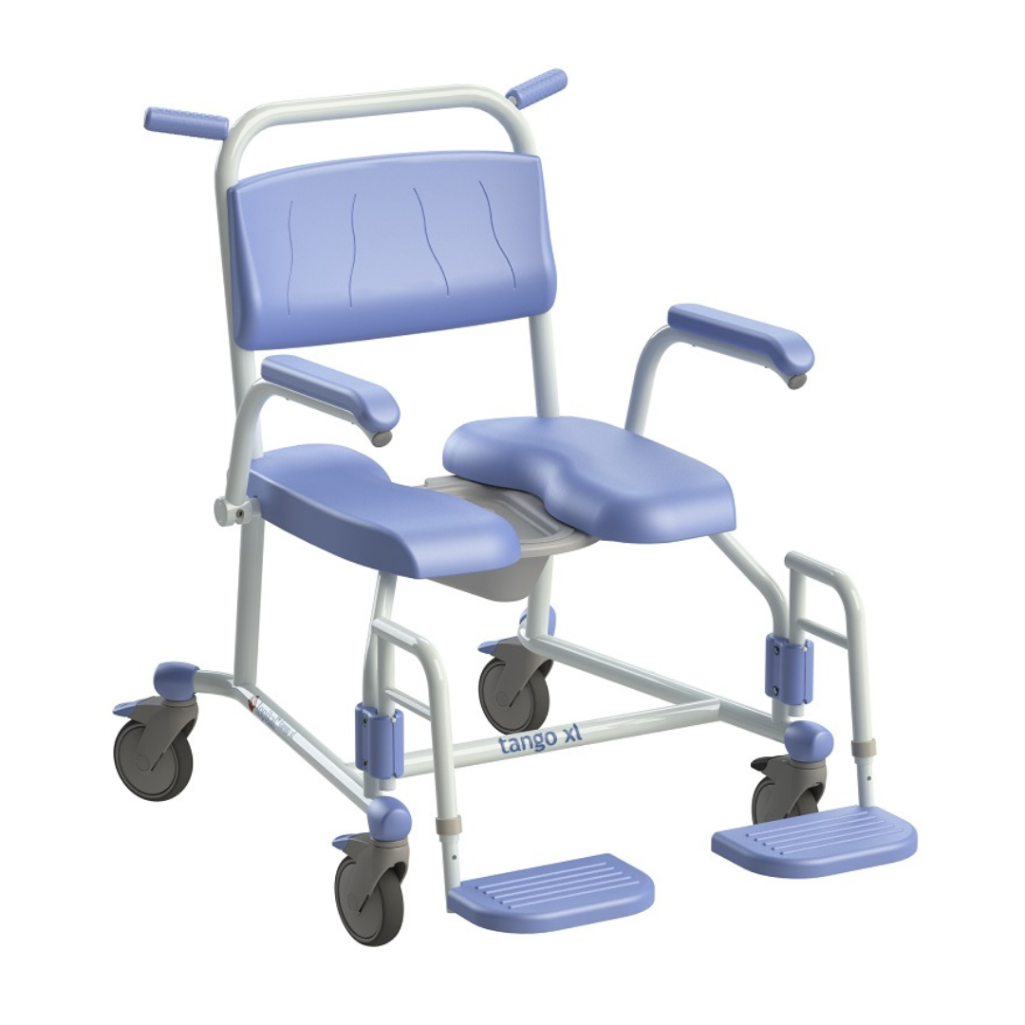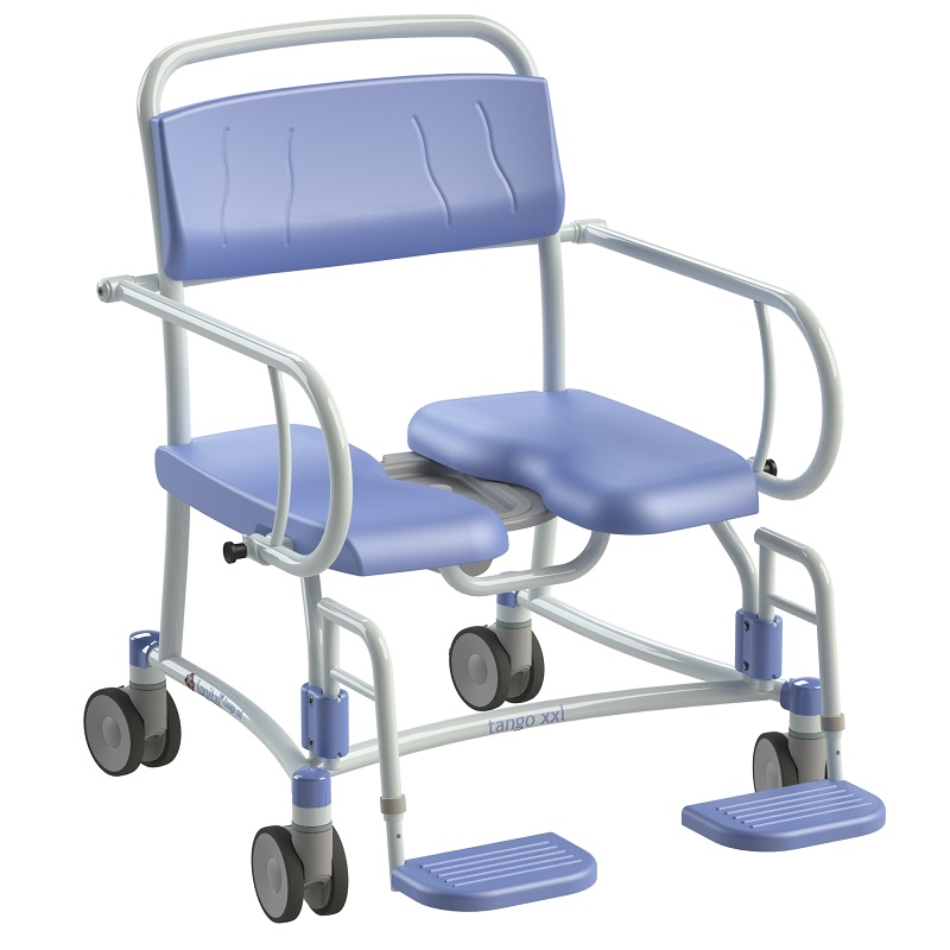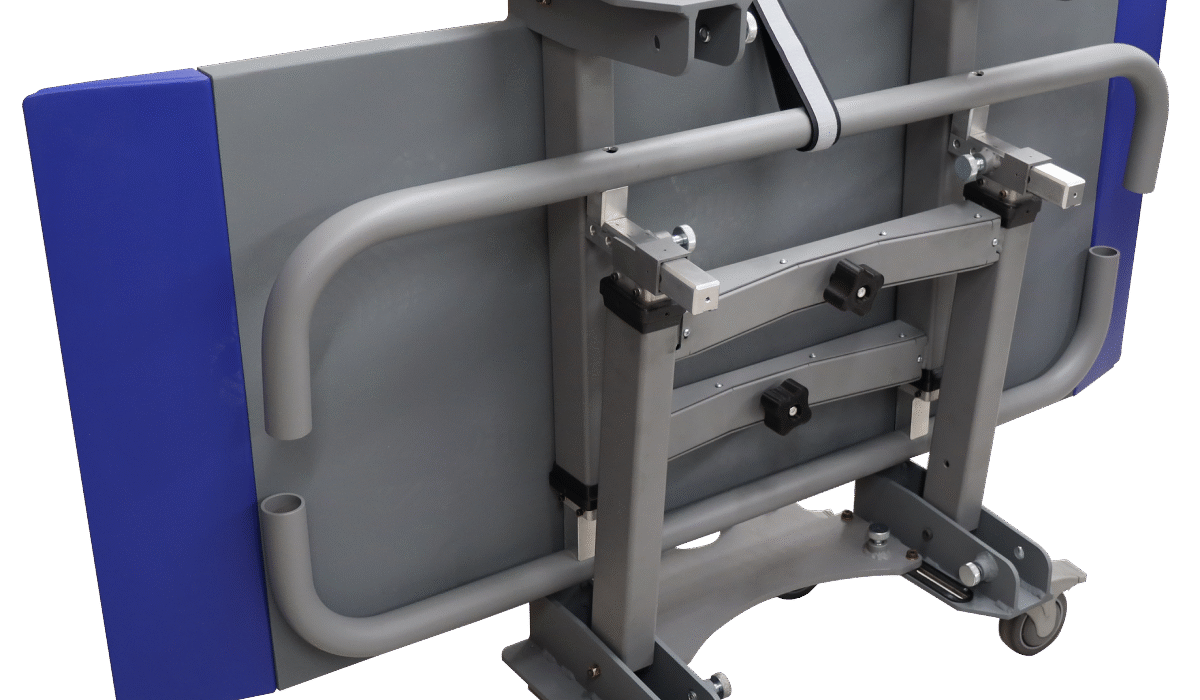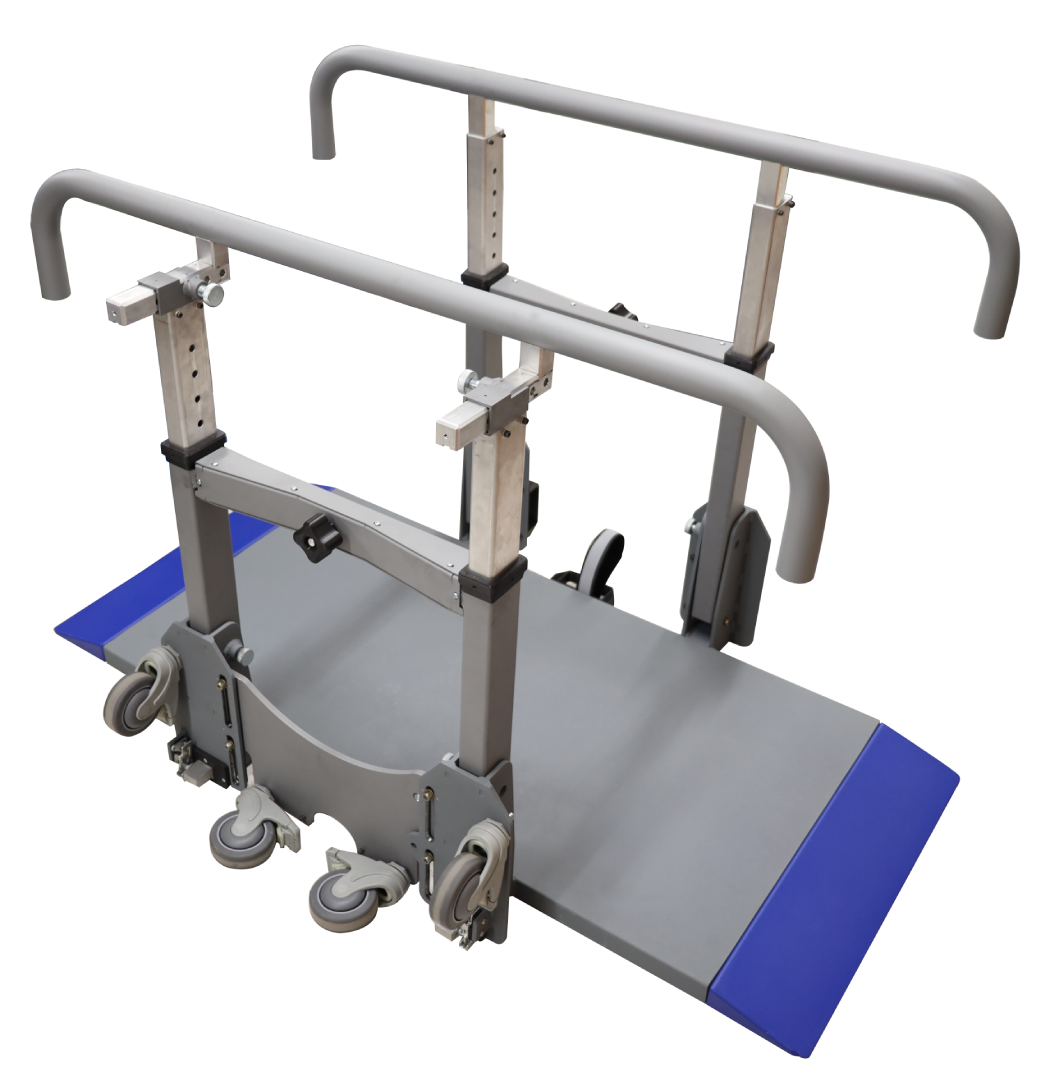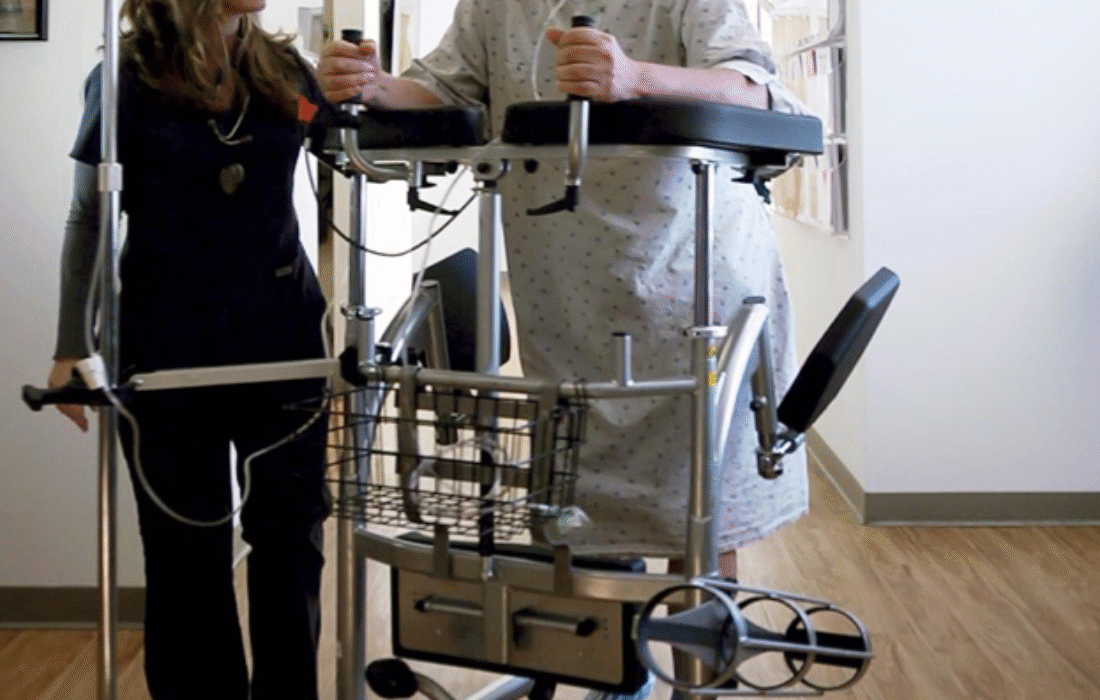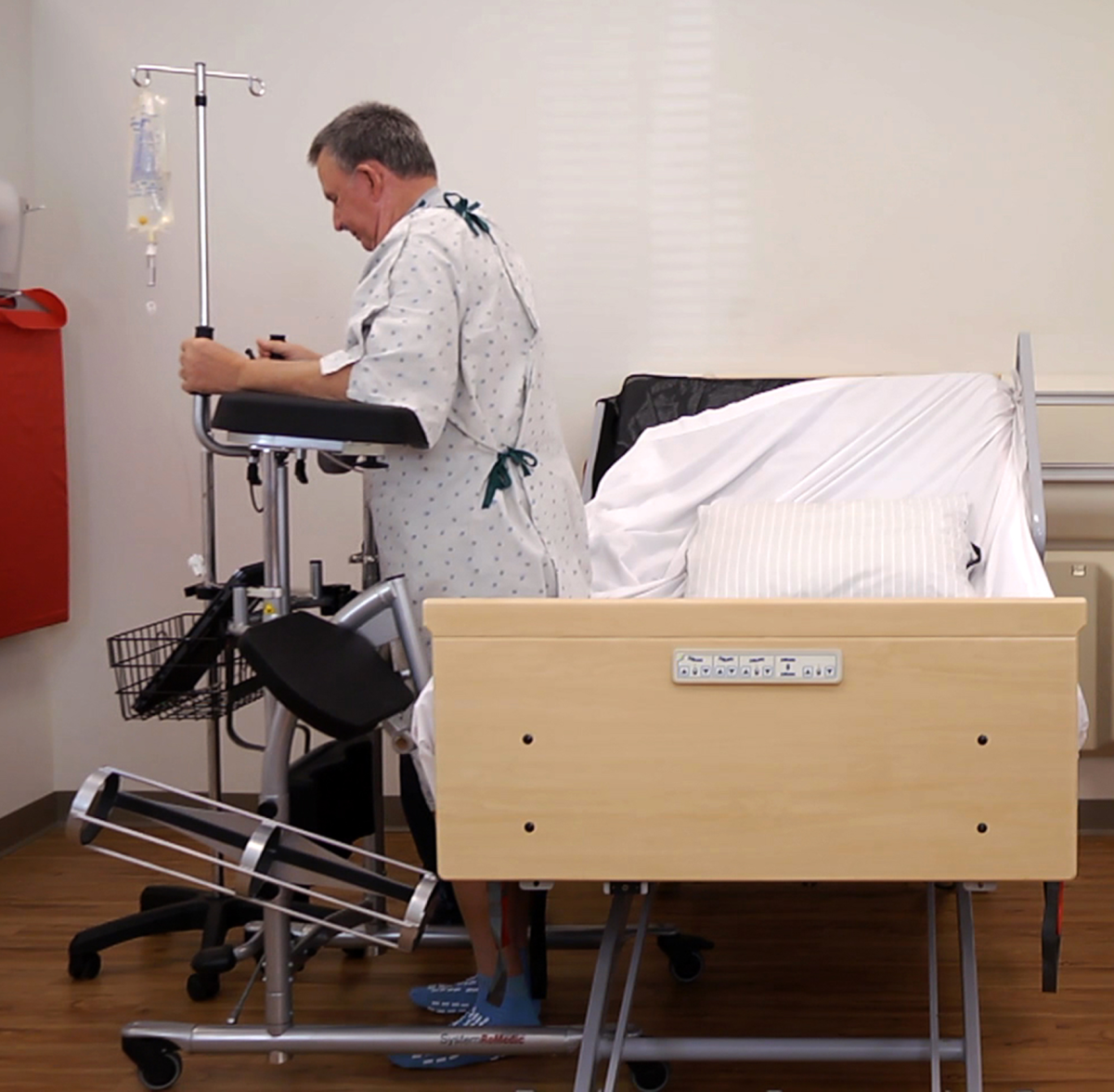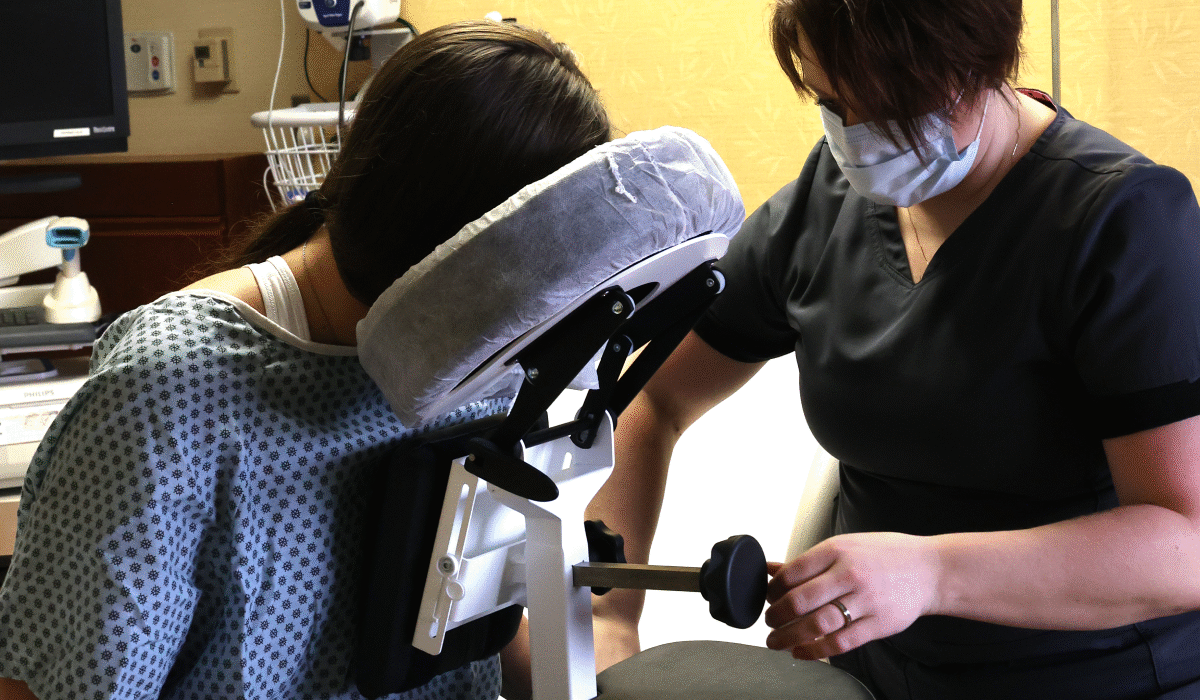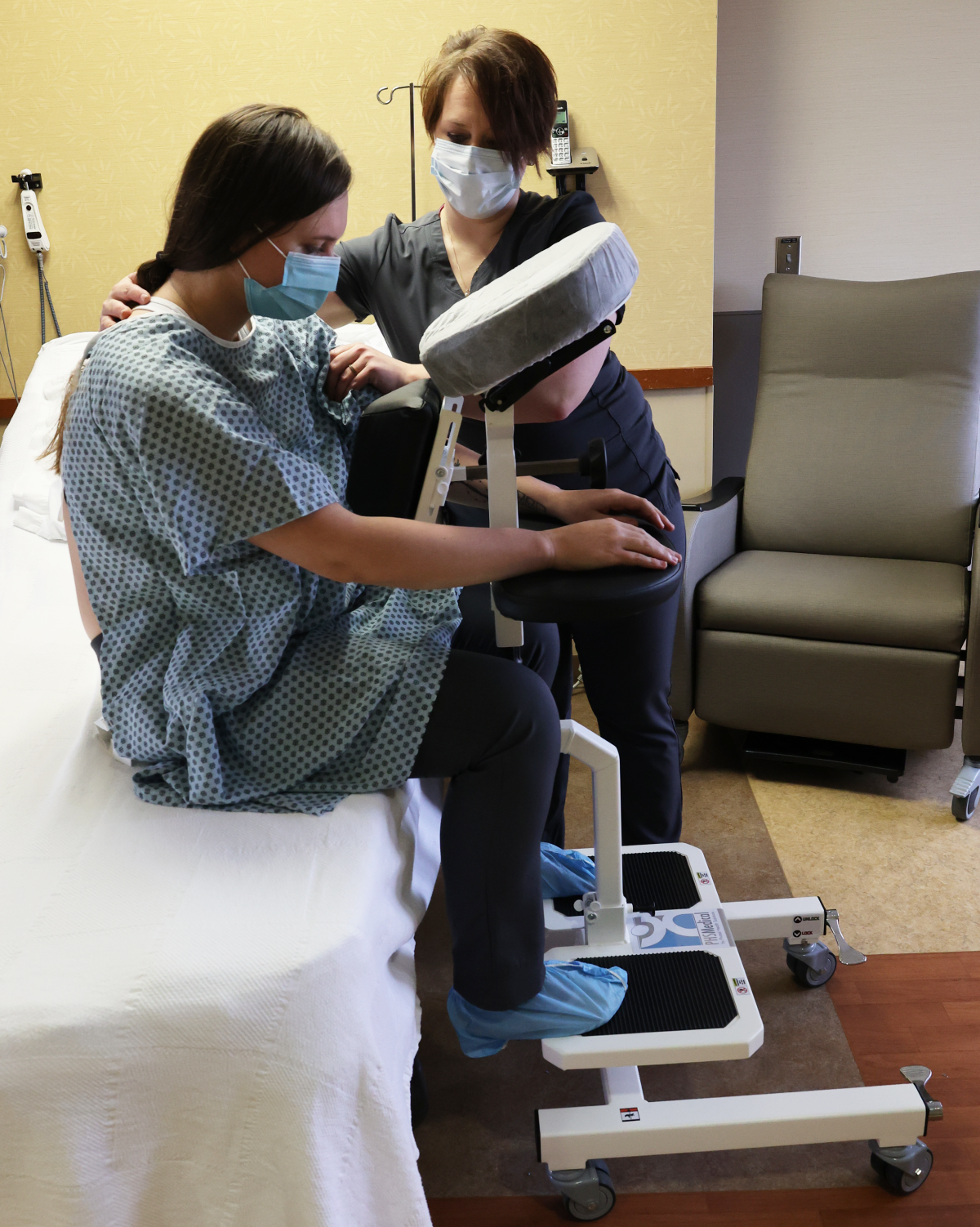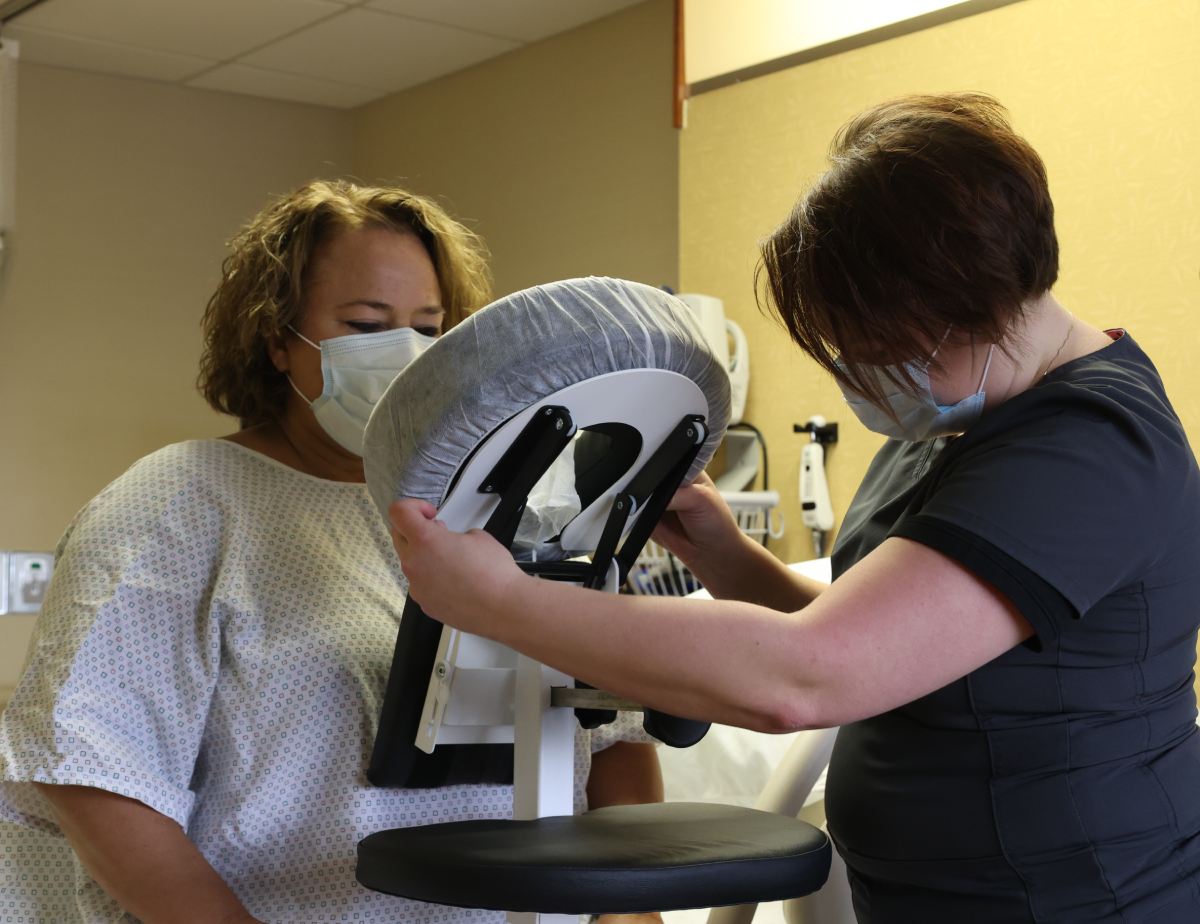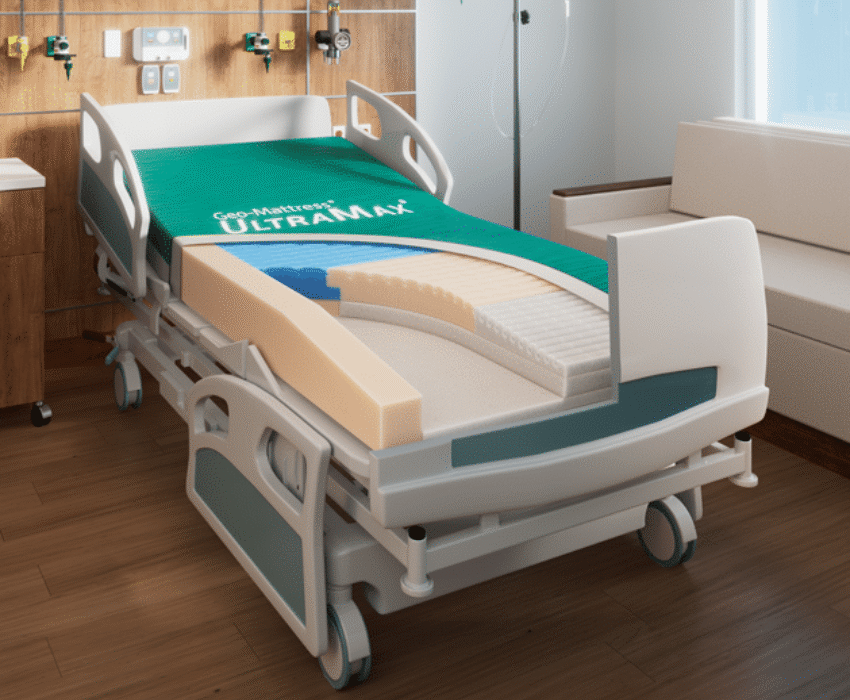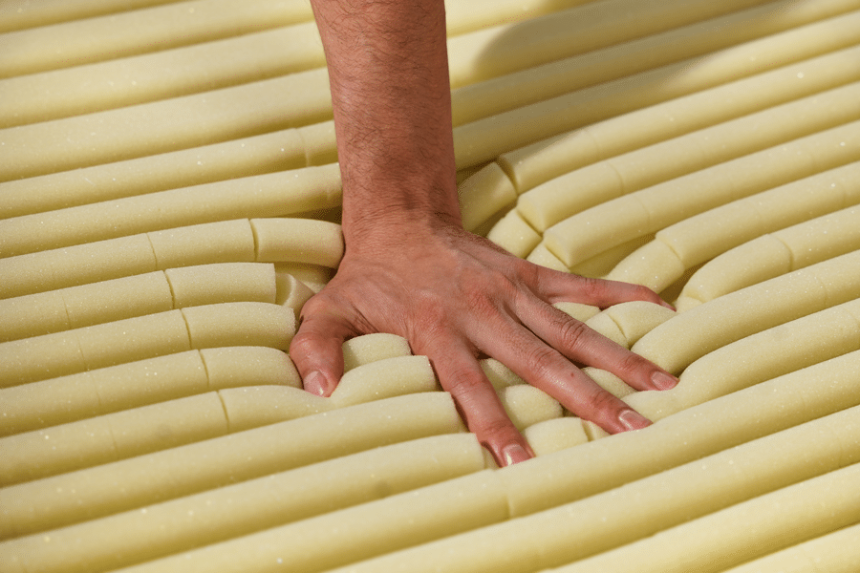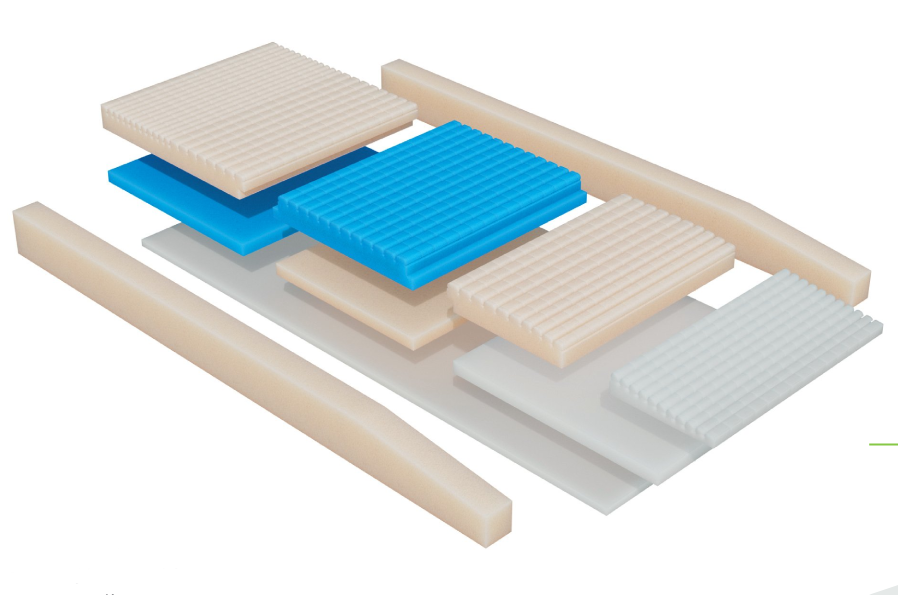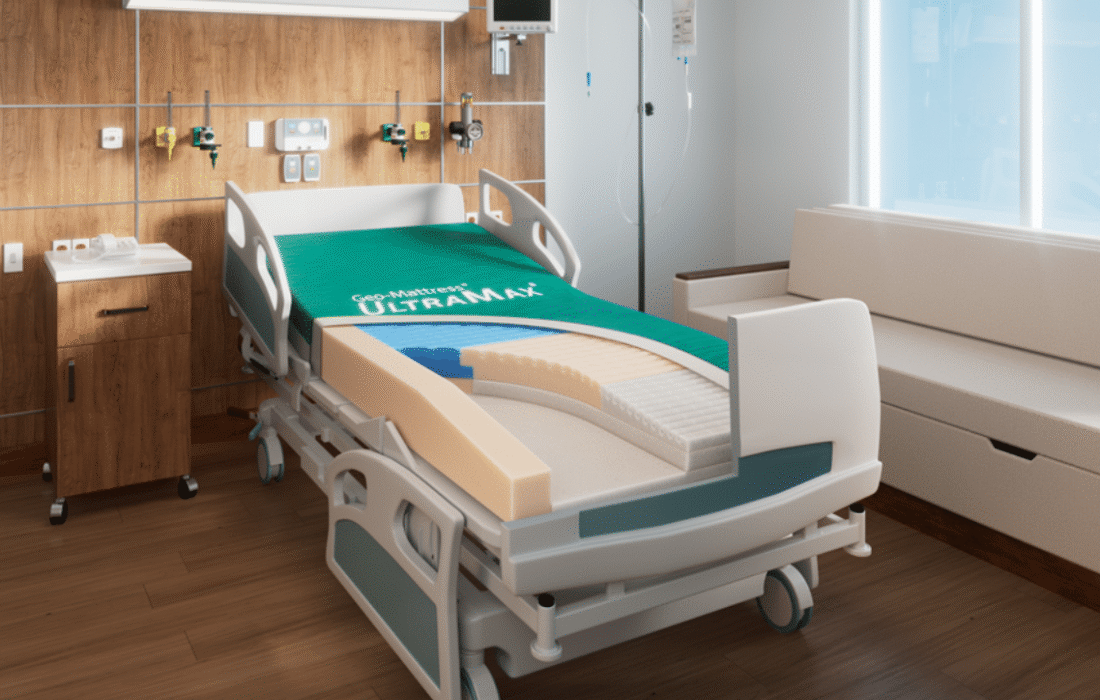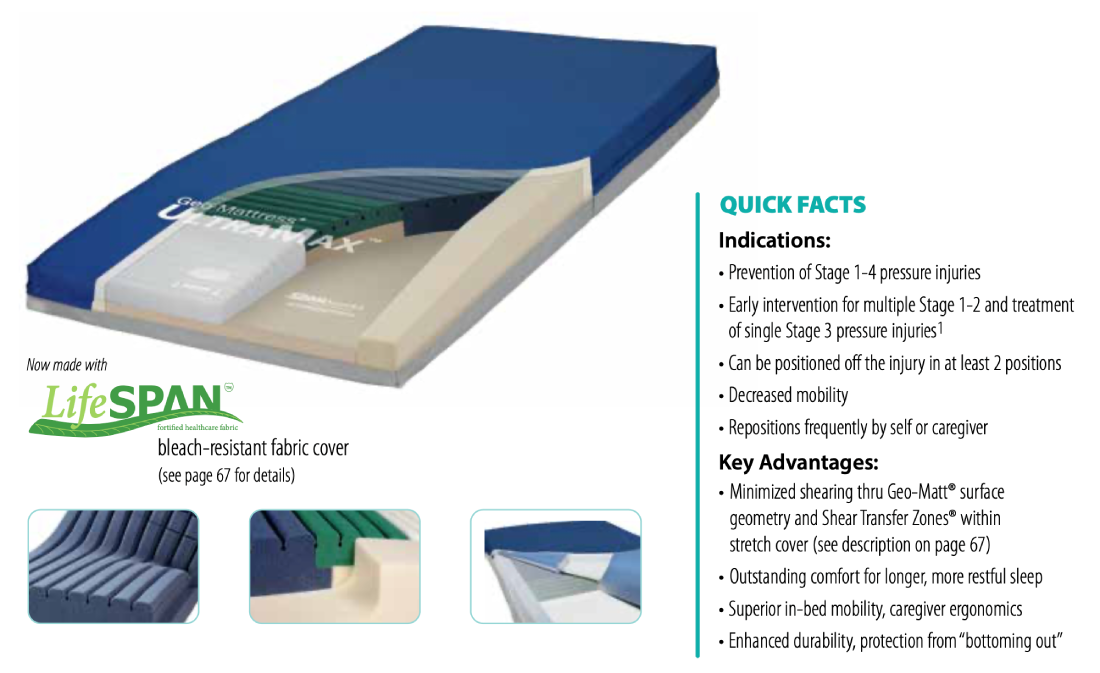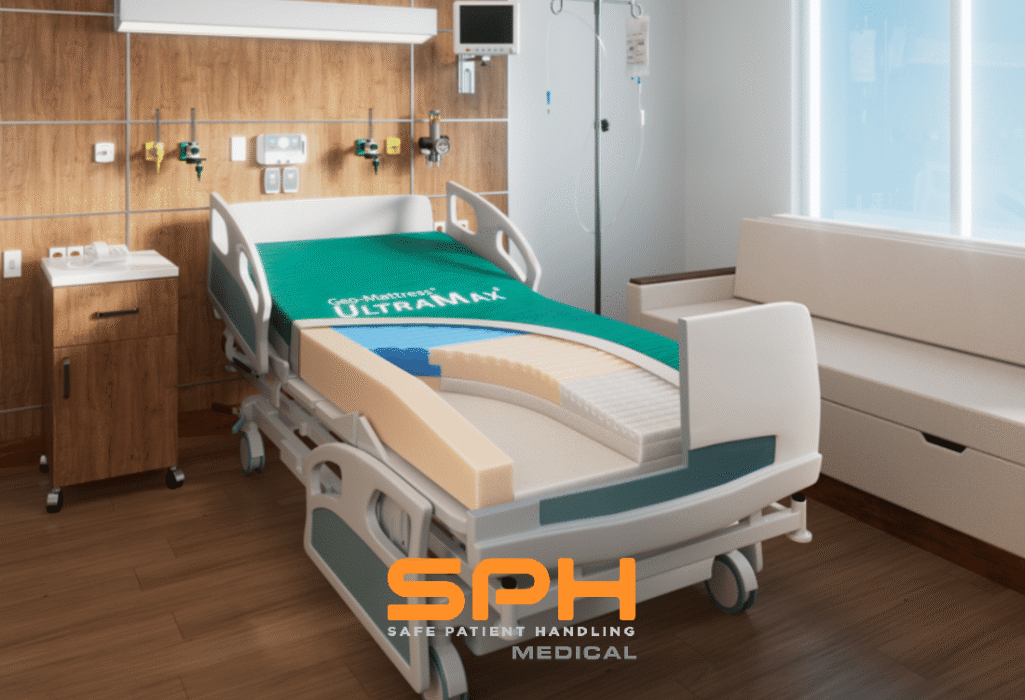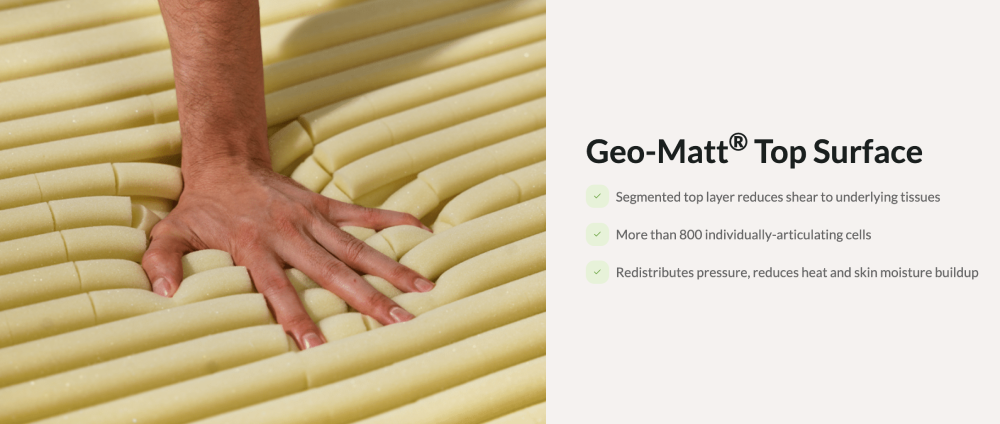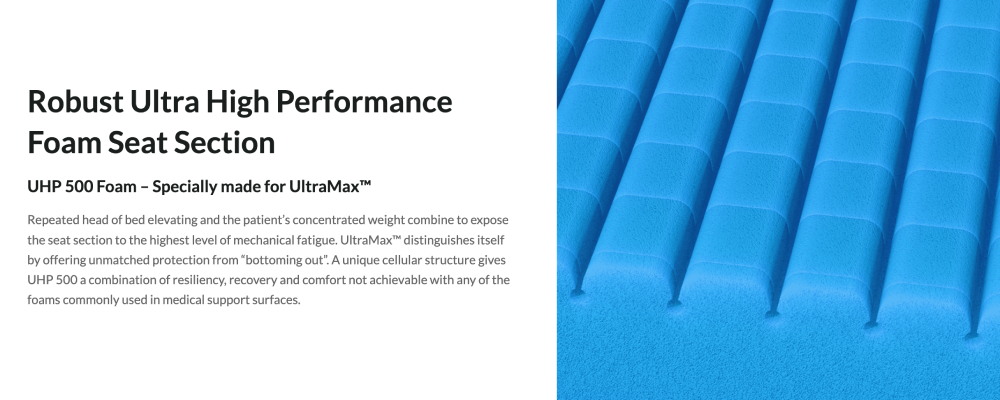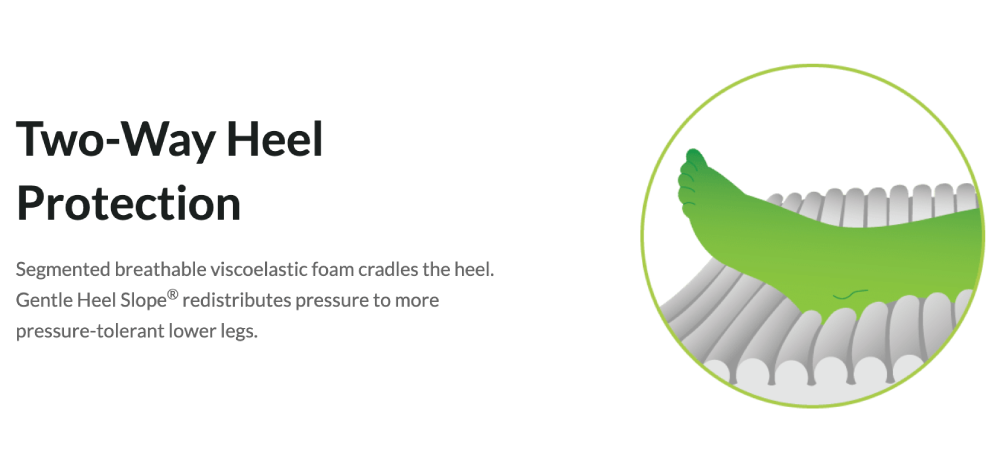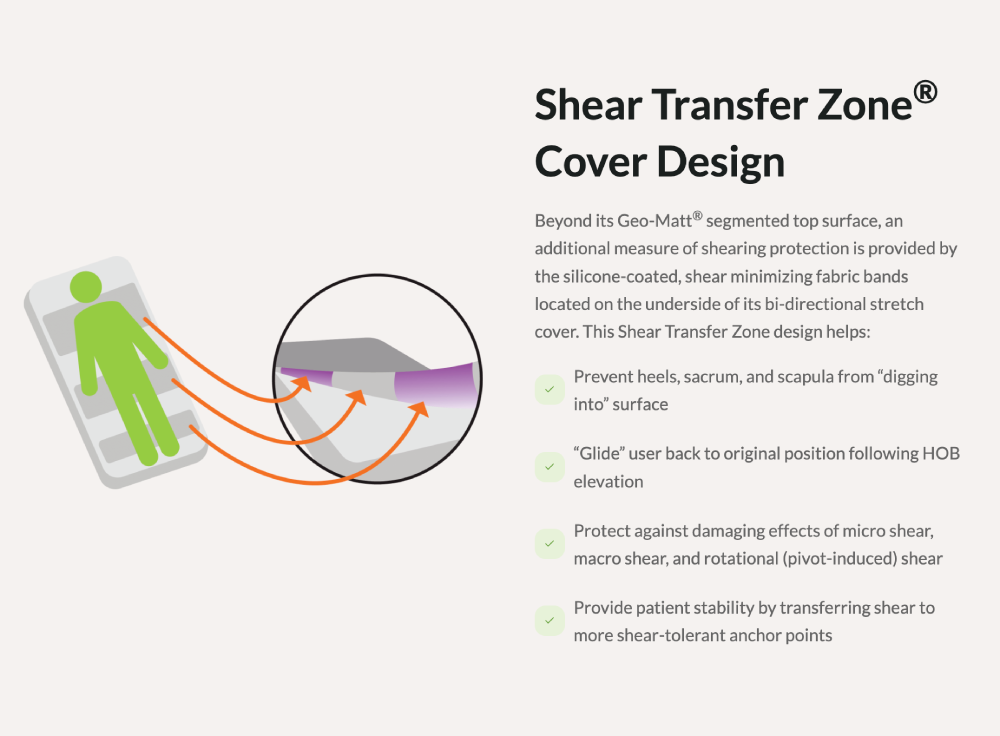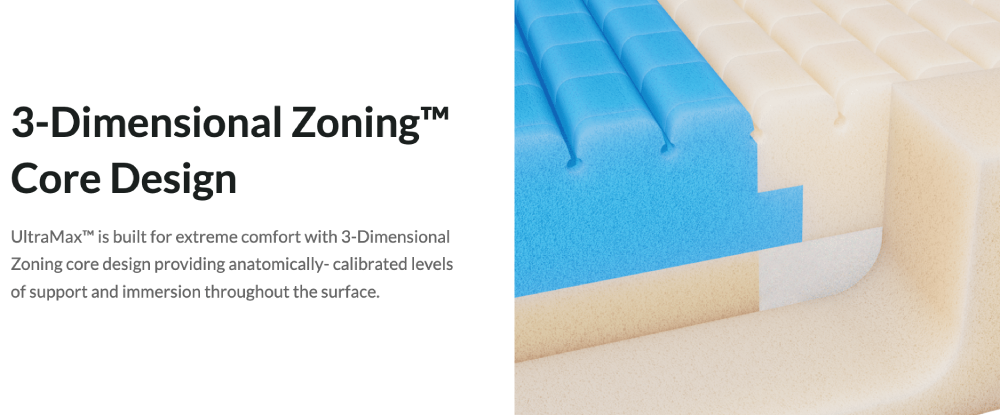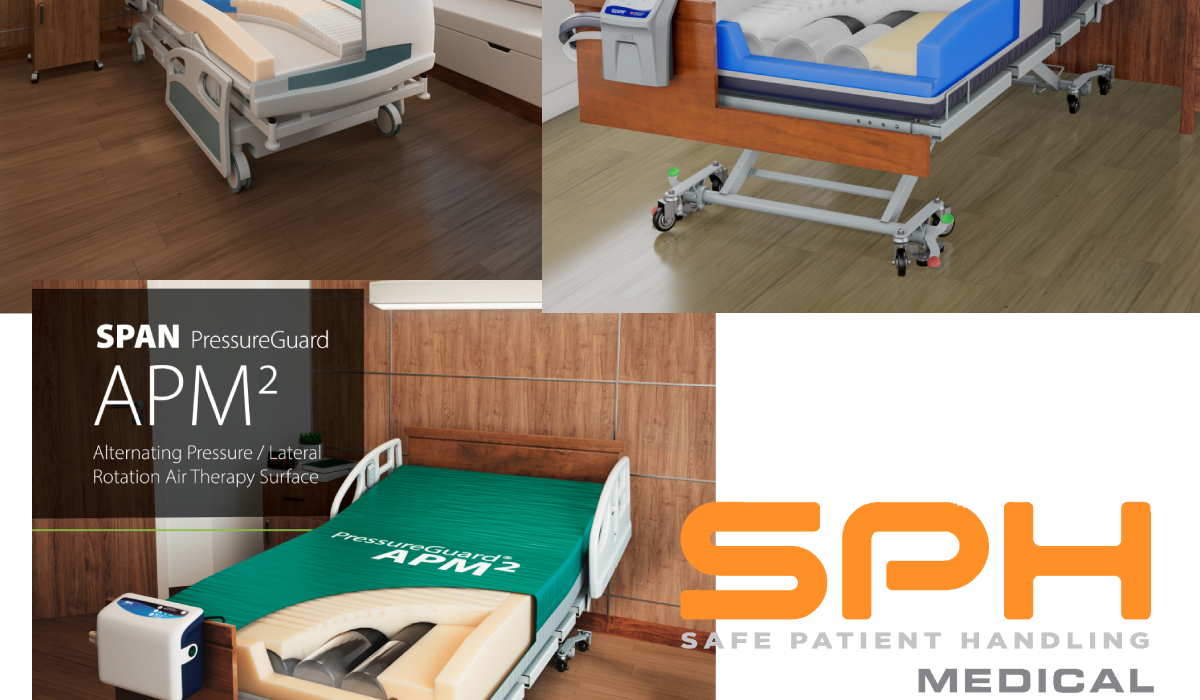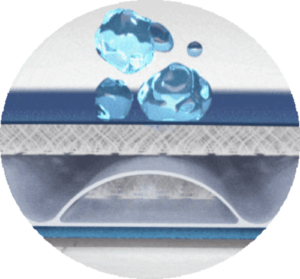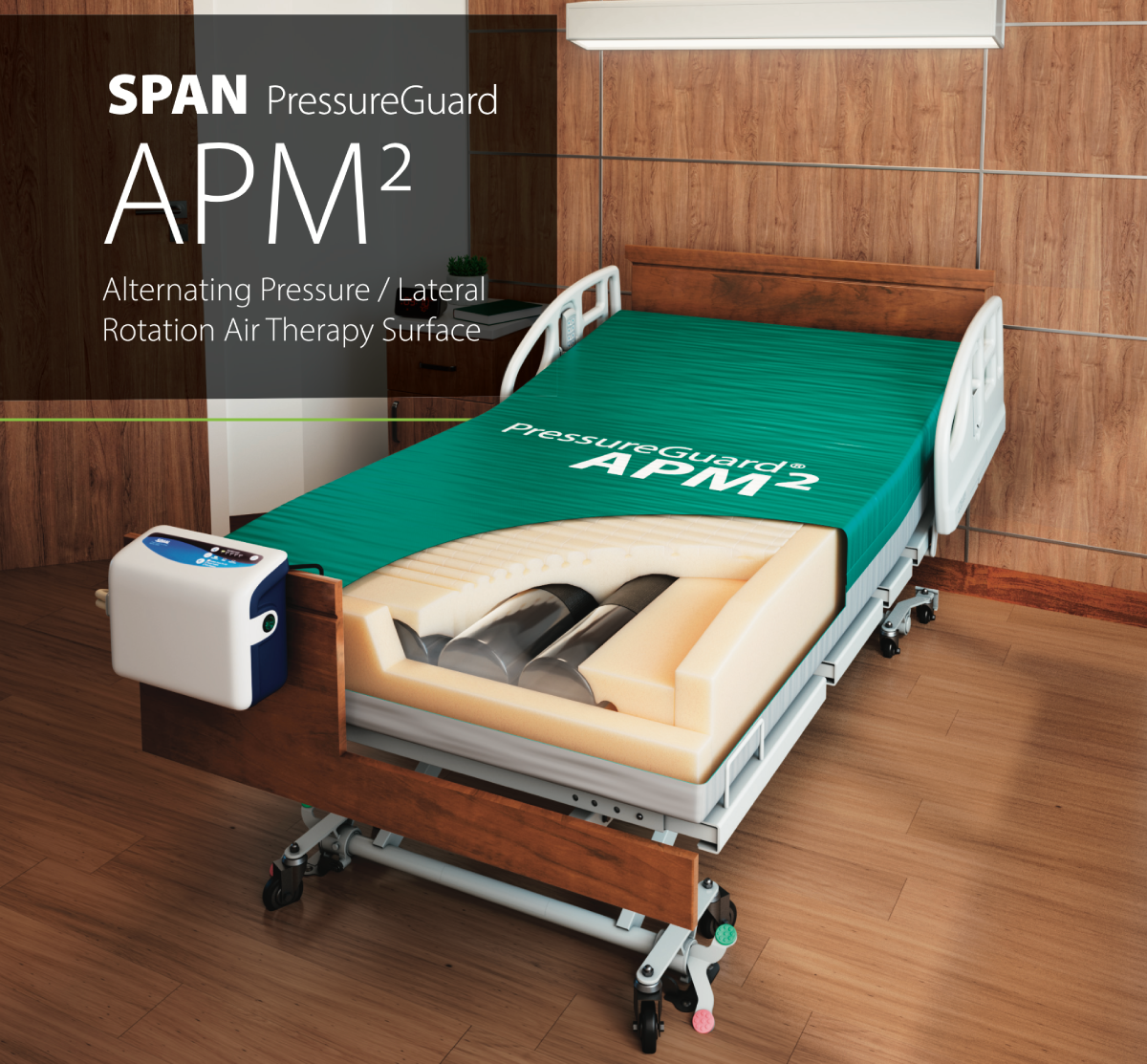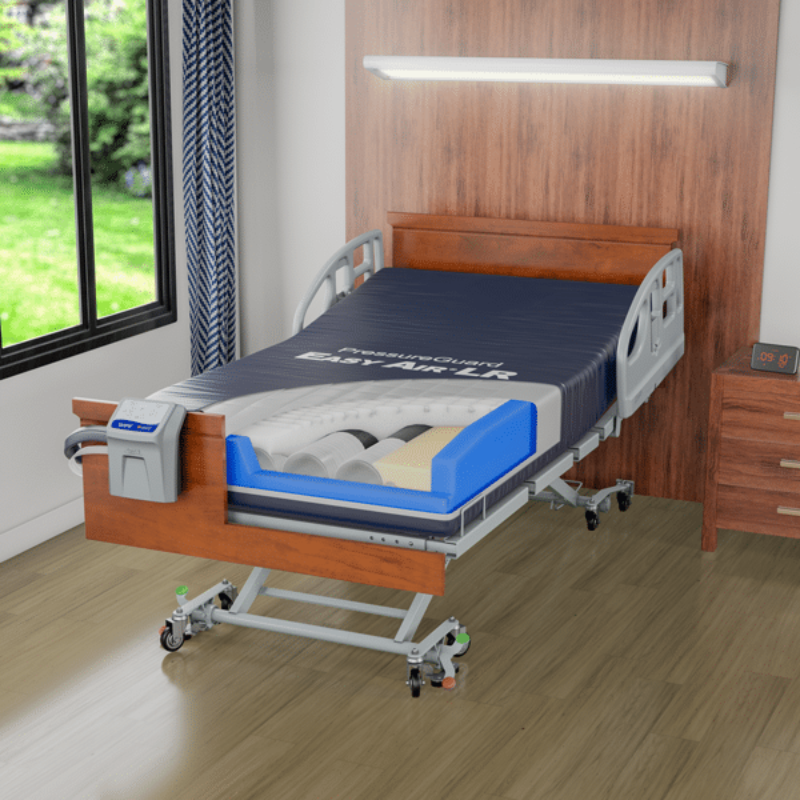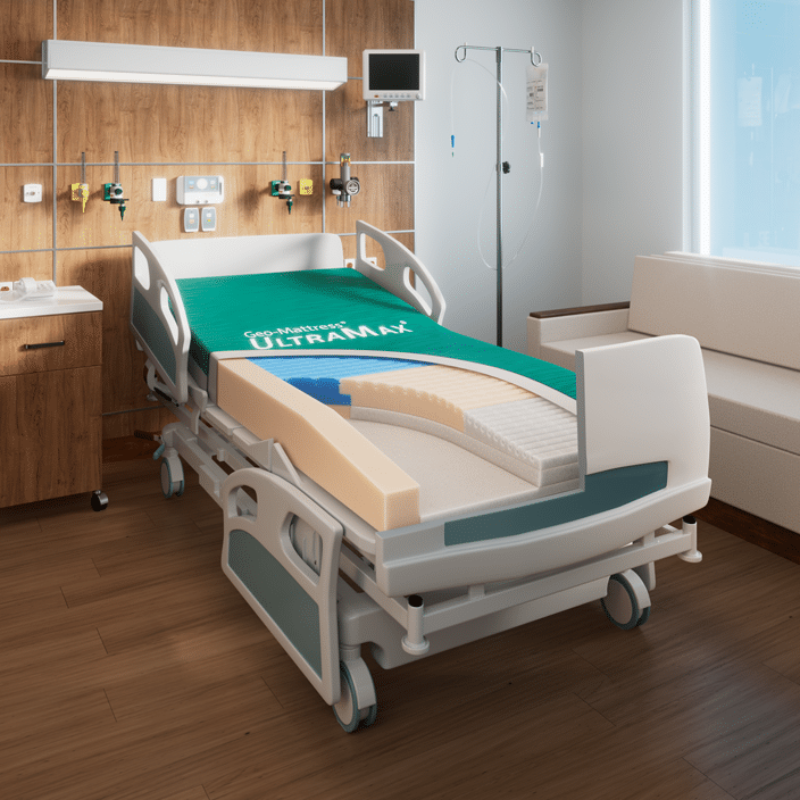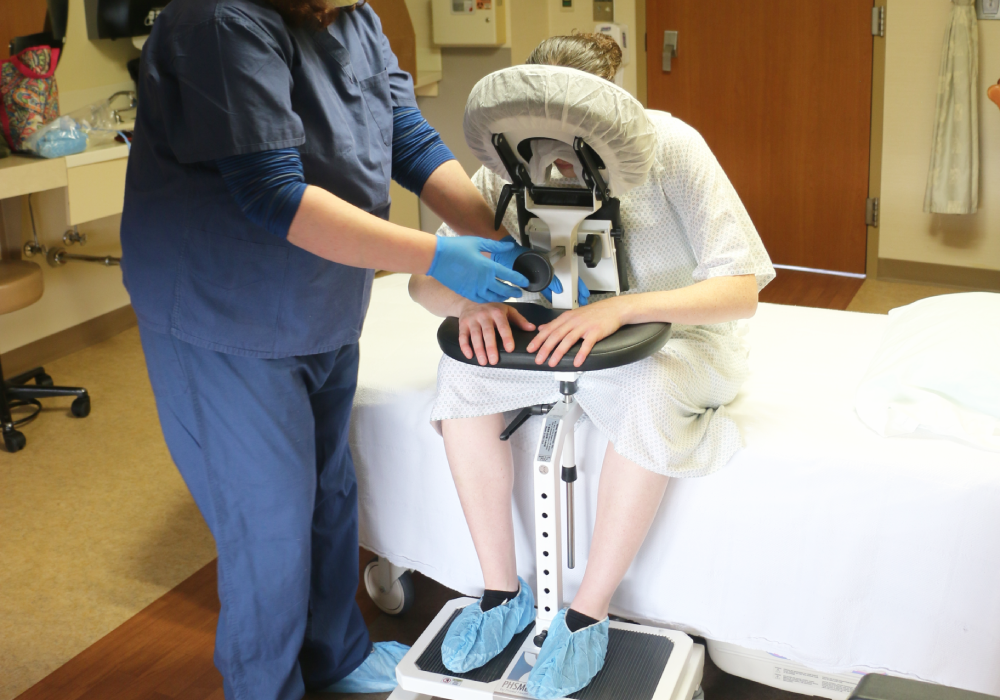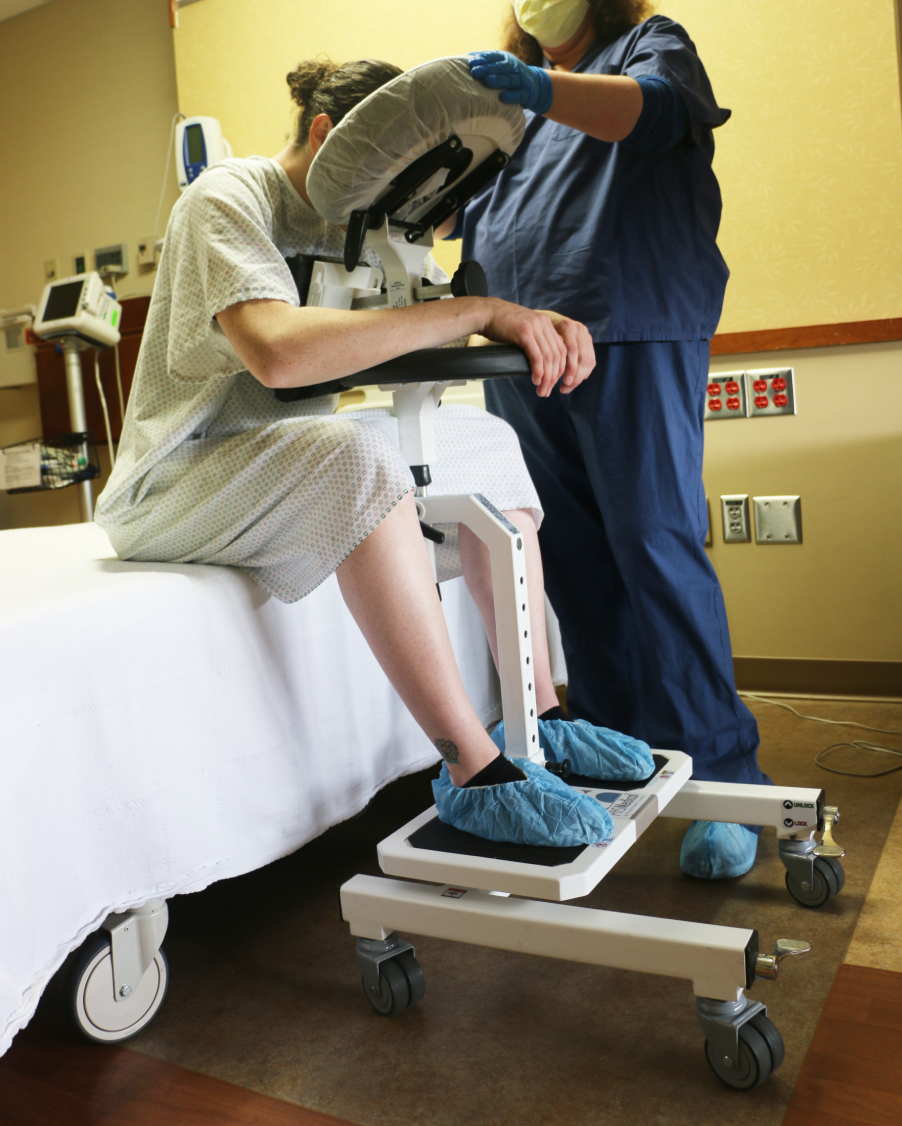The Elexo XXL Shower Chair establishes a new standard in Bariatric Care. In hospitals and long-term care facilities, the rise in bariatric patients presents a critical challenge: how to provide safe, dignified, and effective care without compromising the well-being of nursing staff. Manual patient handling, especially during hygiene routines, is a leading cause of musculoskeletal injuries among healthcare professionals.
Addressing staff injuires requires more than just policy; it demands innovative equipment designed for the task. The Elexo XXL Shower-Toilet Chair is the definitive answer, setting a new benchmark for bariatric care by seamlessly integrating advanced technology with patient-centered design.
For nurses, physical therapists, and WOCN-certified specialists, implementing a robust Safe Patient Handling (SPH) program is paramount. The Elexo XXL is engineered to be a cornerstone of these initiatives. It directly confronts the risks associated with bariatric care, empowering caregivers to enhance patient safety, improve patient hygiene, and protect themselves from career-altering injuries. This is not just an equipment upgrade; it’s a fundamental improvement in the standard of care.
Engineered for Unmatched Bariatric Support
When caring for bariatric individuals, standard equipment is not an option. It introduces unacceptable risks of failure and injury. The Elexo XXL Shower Chair was purpose-built to eliminate these risks, offering precision engineering that guarantees reliability.
Superior Load Capacity and Reinforced Structure
The foundation of the Elexo XXL is its incredible strength. Designed to support individuals weighing up to 484 lbs (220 kg), its reinforced aluminum frame provides absolute stability. This corrosion-resistant construction ensures lasting durability, even with constant exposure to moist shower environments. For nursing staff, this robust build provides the confidence needed to perform transfers and assist with hygiene tasks. Importantly this reduction of fear of equipment failure is a crucial factor in reducing both patient and staff anxiety. The wide and deep seat, measuring 27 inches across and 22 inches deep, gives patients ample room, fostering a sense of security and comfort.
Ergonomic Tilt for Enhanced Care and Comfort
A standout feature of the Elexo XXL is its ergonomic tilt mechanism, which tilts up to 20 degrees at its maximum height. This function is invaluable for both the patient and the caregiver. For the patient, the tilt provides optimal positioning and support. This support is critical for seating balance and comfort during hygiene or showering. For the caregiver, it offers improved access for essential tasks like hair washing and foot care, allowing them to work efficiently without awkward bending or reaching. This promotes a healthier working posture and directly aligns with ANA and APTA standards for safe patient handling.
Empowering Caregivers with Electric Adjustability
The physical toll of nursing is well-documented, with back injuries topping the list of work-related ailments. The Elexo XXL directly mitigates this risk with advanced, user-friendly features designed to minimize physical strain on caregivers.
Effortless Electric Height Adjustment
Gone are the days of manual cranks or hydraulic pumps that require physical effort. The Elexo XXL features push-button electric height adjustability, allowing the chair to move smoothly between a height range of 20 to 45 inches (52-113 cm). This comprehensive range enables caregivers to achieve the perfect working height for any task. And the Elexo XXL facilitates level transfers from beds or other surfaces. By eliminating the need to bend or stoop, this feature drastically reduces the risk of musculoskeletal injury. Of course this leads to fewer lost workdays and a healthier, more sustainable nursing workforce.
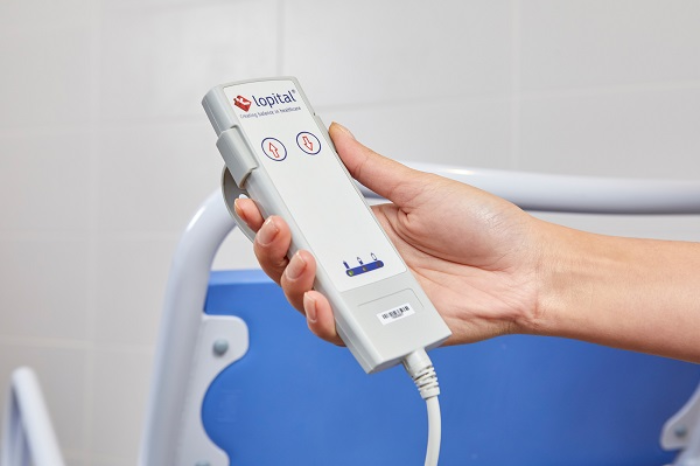
Intuitive and Reliable Battery Operation
The chair is powered by a reliable battery with an easy to use hand control, making its advanced features accessible to all staff with minimal training. Also the integrated battery capacity indicator ensures the chair is always ready for use, while a quick-recharge capability minimizes downtime. For added safety, an emergency stop system is built-in, providing an immediate override if needed. This combination of intuitive operation and failsafe design allows caregivers to focus entirely on the patient.
A Commitment to Patient Dignity and Comfort
While caregiver safety is a primary focus, the Elexo XXL never loses sight of the patient experience. Its design incorporates numerous features that place comfort and dignity at the forefront of the care process.
- Adjustable Headrest: A height and depth-adjustable headrest offers personalized support, ensuring each patient can find a comfortable and secure position.
- Foldable Padded Armrests: The padded armrests offer security during use but can be folded away to allow for easy and safe lateral transfers, a key component of any early mobility or SPH program.
- Ergonomic Seating: The waterproof, upholstered seat and backrest provide superior comfort and support, making hygiene routines a more dignified and pleasant experience for the patient. The curved seat design adds an extra layer of security, preventing sliding and enhancing stability.
Elexo XXL is the Definitive Choice for Safe Patient Handling
For hospitals and long-term care facilities looking to enhance their bariatric care capabilities and reduce staff injury rates, the Elexo XXL Shower-Toilet Chair is the ultimate solution. Its thoughtful design provides a comprehensive answer to the most pressing challenges in patient handling. By integrating this chair into your facility, you can:
- Dramatically Reduce Staff Injury Risk: Electric height adjustment and ergonomic tilt functions protect caregivers from physical strain.
- Enhance Patient Safety and Comfort: Superior stability, a high weight capacity, and patient-focused features create a secure and dignified experience..
- Improve Operational Efficiency: Intuitive controls and easy maneuverability streamline daily hygiene routines..
- Strengthen Your SPH Program: The chair’s design aligns perfectly with national safety standards from the ANA, APTA, and AORN..
Investing in the Elexo XXL is a clear statement of your facility’s commitment to the well-being of both your patients and your invaluable nursing staff. It is the innovative tool you need to provide the highest quality of care in the safest possible environment.

